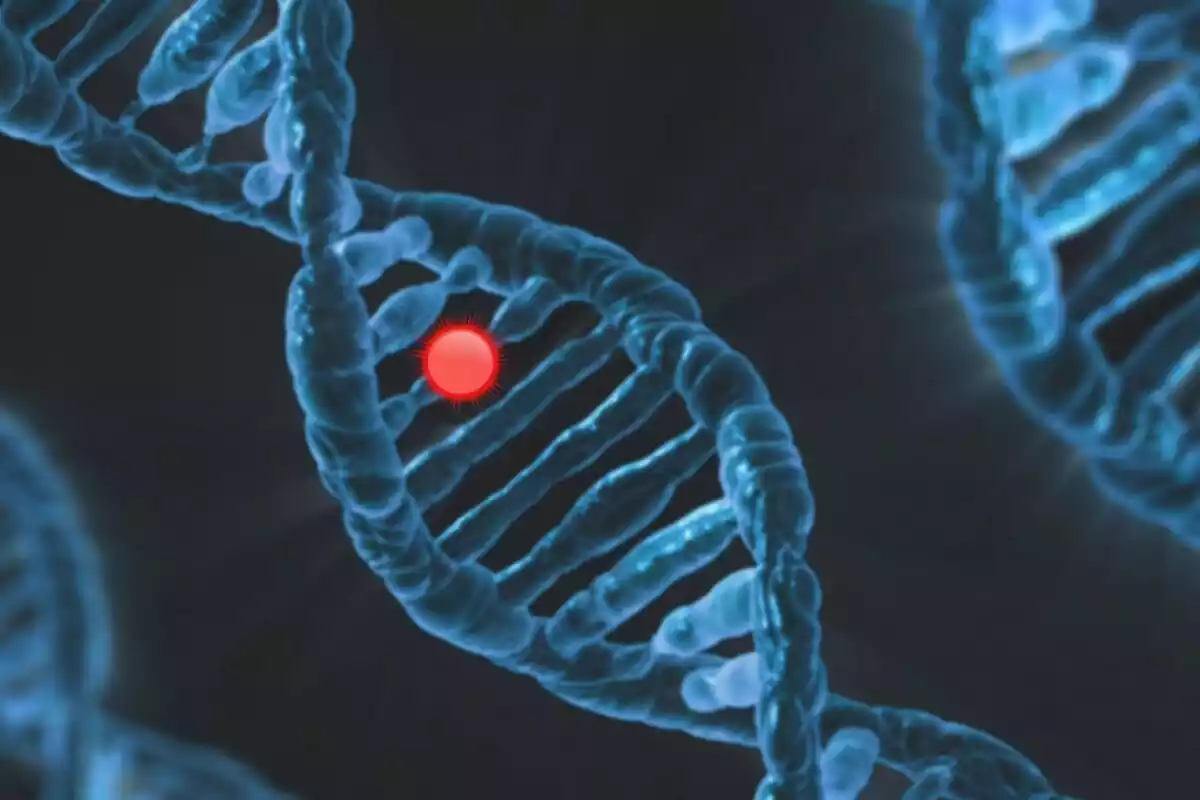In this article we focus on what anemia is, its symptoms, types, and the variants of this blood disorder.
What is anemia?
This disorder is a decrease in the number of red blood cells or hemoglobin available in the blood, or a reduction in the ability of the blood to transmit oxygen to the cells (Rodak, 2007), affecting multiple body functions.
Red blood cells, also called erythrocytes, are the largest type of blood cell. These structures take care of moving the oxygen molecules to the tissues of the body through the circulatory system.
Hemoglobin is a protein in red blood cells that carries oxygen; it affects the iron that it contains.
We can find three main reasons for the disorder: loss of blood, a decrease in the number of red blood cells, or an excessive breakdown of red blood cells (Janz et al., 2013). As we will see below, the factors that can lead to these situations are very diverse.
It is the most common of all blood disorders; in fact, it is estimated that anemia affects 1 in 3 people worldwide. It is especially common in the elderly, children and pregnant women, according to Vos et al., (2012).
Symptoms
The main symptoms are fatigue and physical weakness. It is also very common that this alteration causes dizziness and headaches, as well as difficulties in concentrating and therefore in executing complex cognitive processes.
Another of the most common signs is an alteration in respiratory functions. Many affected people report difficulty breathing and shortness of breath.
The circulatory system's difficulties in transporting oxygen through blood sometimes cause an increase in heart rate. This is usually an attempt to compensate for the oxygen deficit. This happens mainly in the most severe cases and manifests itself in palpitations, angina pectoris, and even heart failure.
Even though the belief that paleness is a key symptom of anemia is widespread, it is not one of the best indicators. In general, the signs and symptoms of this disorder can vary considerably depending on the underlying causes.
Causes and Related Diseases
The most common cause of anemia is significant blood loss. This can occur, for example, after a serious injury, but most commonly in these cases, the condition is transient, i.e., acute.
Iron deficits are another major cause of anemia. This mineral is essential in the transport of oxygen through the blood, as we mentioned when talking about red blood cells and hemoglobin.
In many cases this disorder appears because of other diseases. Anemia could be a symptom of diabetes mellitus, anorexia nervosa or HIV/AIDS infection, among other disorders. It is also especially common during pregnancy.
In the following section, we will talk about the alterations associated with each of the main types of this blood disorder.
Types
The types of anemia that we will describe are fundamentally different in their causes. However, the medical community has a variety of criteria that result in a wide variety of categorizations. For example, mean corpuscular volume (i.e., the mean volume of red blood cells) is an important variable in determining the type of anemia a person suffers from.
1. Iron-deficiency
The main sign is iron deficiency in the blood. This is the most common type.
2. Pernicious
This type is diagnosed when there is a reduction in the number of red blood cells caused by inadequate absorption of vitamin B12 by the intestine.
3. Hemolytic
In this case, the problem is associated with an excess in the rate at which red blood cells break down, leading to an insufficient number of these cells.
4. Sickle cell
Sickle cell anemia is the production of abnormally shaped red blood cells (specifically sickle cells) that are destroyed more quickly than healthy ones.

5. Megaloblastic
This kind occurs as a result of inhibition in DNA synthesis when the body makes red blood cells. The term encompasses all types attributed to vitamin B12 deficiency, including pernicious anemia.
6. Aplastic
It is diagnosed when symptoms occur as a result of insufficient production of red blood cell precursors by the spinal cord.
7. Fanconi
This is a special type of genetic origin. Specifically, it occurs as a result of mutations in 1 in 15 genes (at least) and has an autosomal recessive inheritance pattern.
8. Microcytic
This concept applies to all those types of anemia which are characterized by the fact that red blood cells are very small, i.e., have a significantly lower than normal average corpuscular volume.
9. Macrocytic
These anemias are opposed to those in the previous category. The mean corpuscular volume of red blood cells is much higher than expected.
10. Normocytic
This term, less common than the previous two, is used to refer to cases where the size of red blood cells is normal. In such cases, anemia is caused by a deficit in the number of red blood cells, not in the mean corpuscular volume.
References
GBD 2015 Disease and Injury Incidence and Prevalence Collaborators (2016). Global, regional, and national incidence, prevalence, and years lived with disability for 310 diseases and injuries,1990-2015: a systematic analysis for the Global Burden of Disease Study 2015. Lancet, 388(10053): 545–1602.
Janz, T. G., Johnson, R. L. & Rubenstein, S. D. (2013). Anemia in the emergency department: evaluation and treatment. Emergency medicine practice, 15(11): 1–15.
Rodak, B. F. (2007). Hematology: clinical principles and applications (3rd Ed.). Philadelphia: Saunders.
Vos, T., Flaxman, A. D., Naghavi, M., Lozano, R., Michaud, C., Ezzati, M., Shibuya, K. & Salomon, J.A. (2012). Years lived with disability (YLDs) for 1160 sequelae of 289 diseases and injuries 1990–2010: a systematic analysis for the Global Burden of Disease Study 2010. Lancet, 380(9859): 2163–96.
